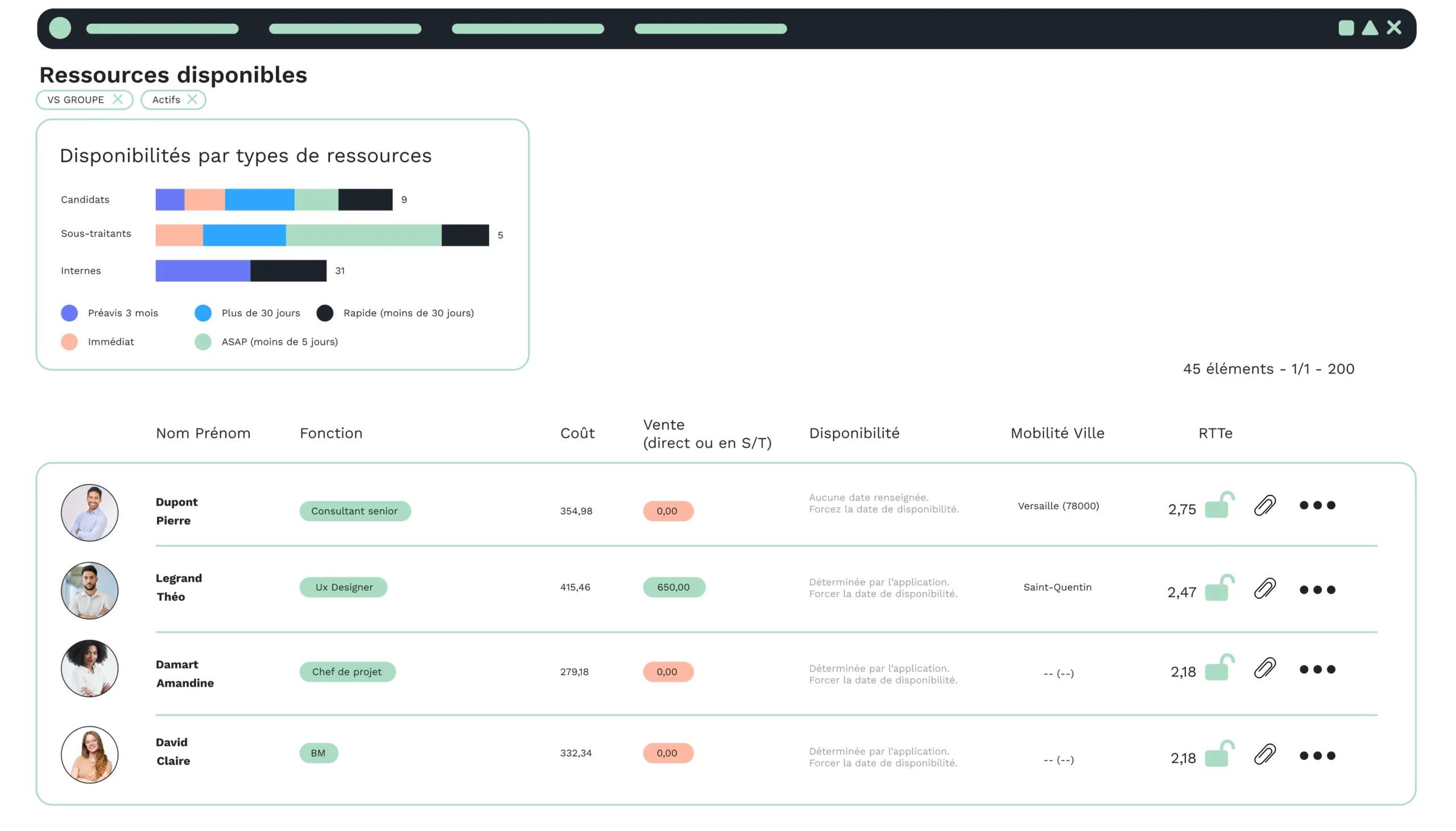If when you think of “electronic signature”, you think of a scanned signature, this guide is for you.
Discover all the subtleties behind an electronic signature.
What is an electronic signature?
It is a device used to seal a mutual agreement between several stakeholders, and is used on the documents in question as a guarantee of conformity.
According to the French Civil Code, electronic signatures have the same legal value as handwritten signatures in France and the European Union. It must identify the author and meet the following requirements:
- Authenticity: the author of the signature must be identifiable.
- Forgery-proof: no possibility of impersonating the signatory.
- Non-reusable: no possibility of reusing the signature, by moving it for example.
- Unalterable: the document cannot be modified after signing.
- Irrevocable: once signed, the author cannot contest it.
Electronic signatures can be used to sign all types of documents:
- Employment contracts.
- Invoices.
- Quotation.
- Legal documents.
- Order forms.
- Mandates and sales agreements.
- Accounting documents.
- Notarial deeds.
The different levels of electronic signatures
Earlier, we mentioned the fact that electronic signatures and handwritten signatures have the same legal value. There are, however, a few subtleties to be noted, depending on the level of electronic signature used.
The simple level 1 signature
A simple signature, also known as a digital signature, corresponds to a scanned signature that is integrated into a document, or to a secret code that is typed in.
Its level 1 status gives it limited legal value, as it does not guarantee the identity of the signatory or the integrity of the data.
In particular, it is widely used in internal company processes, such as for signing acknowledgements of receipt, authorizations and so on.
Level 2 advanced electronic signature
The advanced electronic signature, which must meet the requirements set out in Article 26 of eIDAS.
The service provider offering the electronic signature must guarantee the conformity of the signature:
- be uniquely linked to its signatory;
- formally identify the signatory;
- be created by means under the exclusive control of the signatory, such as his telephone or personal computer;
- guarantee that the act (document, contract, etc.) to which it relates cannot be modified.
As a result, level 2 electronic signatures can be used to sign dematerialized invoices, employment contracts, sales agreements, insurance policies and more.
Level 3 qualified signature
According to the French Civil Code, a level 3 qualified signature is equivalent to a handwritten signature. It is used for documents requiring authentication, such as notarial deeds, public tenders, etc.
This is the most effective signature from a legal point of view, as the identity of the signatory has been authenticated beforehand by the certification provider or electronic certification service.
The three signature levels enable different uses to be made of the electronic signature. Advanced and qualified electronic signatures are the most robust from a legal point of view, since they use a service provider who guarantees compliance with standards or who is himself certified. Consequently, these are the ones used for signing documents where legal value is required.
A few figures on electronic signatures in the workplace
OpinionWay has carried out a study on electronic signatures in the workplace, and here are the key findings.
- 9/10 executives sign almost every day;
- Yet only 8% no longer use paper.
Barriers to electronic signatures
- 64% are interested, but their company has not reached a sufficiently advanced stage of digitalization.
- 39% it is not an investment priority for the company.
- 31% lack of compliance in their sector of activity.
- 19% investment of too much time (solution installation, employee training, etc.).
For companies that have opted for electronic signatures, the following benefits have been identified
- Time-saving.
- Productivity.
- Data security.
These are the same criteria expected by companies that don’t use a signature solution.
For 63% of users, an electronic signature solution simplifies daily life. And 53% of companies expect their service provider to guarantee regulatory compliance.
Moreover, simplicity is one of the criteria for selecting a signature solution, followed by the ability to archive signed documents, and the possibility of integrating the solution with existing business software.
Departments within the company that use electronic signatures
- 73% administrative and financial departments
- 43% legal departments
- 43% purchasing
You’ll have noticed that the sales department is not one of the biggest users of electronic signatures. In fact, only 25% of sales departments use electronic signatures to conclude contracts.
This also explains the low rate of 12% of B2B contracts signed electronically.
The electronic signature is used for :
- 55% to sign documents for the public administration.
- 39% to validate documents internally.
It should be noted that 63% use electronic signatures to sign rather than to have signed.
Electronic signatures are a real asset for companies, saving time and making day-to-day business easier, but very few companies have yet integrated them.
Companies want a simple, archiving solution that integrates seamlessly with other business software.
They also want a guarantee of conformity.
How do I sign a document electronically?
The electronic signature must be created using a device that generates a qualified electronic signature or a qualified electronic seal.
An electronic signature is defined as qualified if it meets the eIDAS standards.
Qualified electronic signature standards under eIDAS
To be legally robust, the electronic signature or electronic seal must meet the following requirements:
Issuance of qualified electronic signature and electronic seal certificates for website authentication
This authenticates the physical and moral authors of the signatures, giving them the same legal value as handwritten signatures. Where applicable, this also links the website.
Qualified validation of electronic signatures and stamps
This is proof of validation by a third party and therefore a legal guarantee.
Qualified signature storage
This extends the technological validity of preservation.
Electronic time-stamping
To certify the existence of signature data at a given time.
Qualified electronic registered mail
For data transmission between third parties, and in particular to protect data against loss, theft or falsification.
You also have the option of using a trusted service provider who meets the above requirements.
The electronic signature process
Once you have identified your trusted service provider, it only takes a few steps to sign your document:
- You need to log in to the provider’s website.
- Next, you need to integrate the document(s) you wish to have signed.
- Send the invitation to the other signatories to sign the document.
Electronic signatures with VERYSWING’s Constellation portal
The Constellation portal is an electronic exchange and signature portal. It enables advanced signatures that comply with European standards.
With the Constellation tool, you can sign several types of document, such as :
- Sales proposals
- Quotes
- Activity reports
- Employment contracts
- etc.
The tool is available free of charge to users of VERYSWING’s SaaS solutions, as well as to their customers, suppliers and partners.
Conclusion on electronic signatures
Electronic signatures have the same legal value as handwritten signatures.
Electronic signatures are an integral part of the business, making everyday life easier. This improves document exchanges, speeds up the document signature process, secures data and saves money (printing, postage, etc.).
To be legally valid, electronic signatures must comply with the standards governed by eIDAS. It is also possible to use a trusted service provider, who must also meet the requirements.
From a user’s point of view, it’s very easy to sign electronically, as all you have to do is log on to the service provider’s website, download the document and send an invitation to the other signatories.
All that’s left is to choose your trusted provider.
Read also







